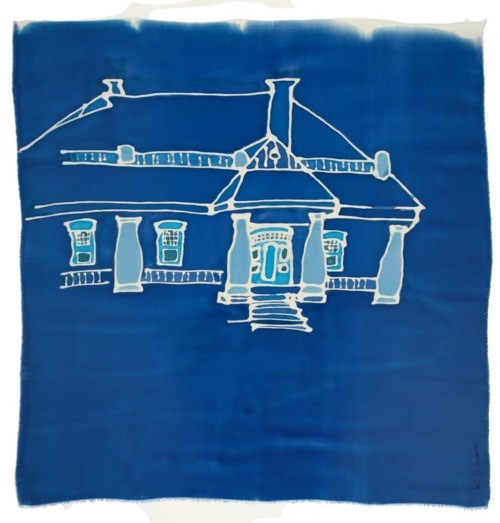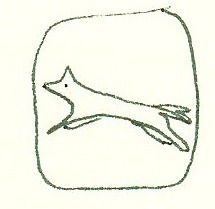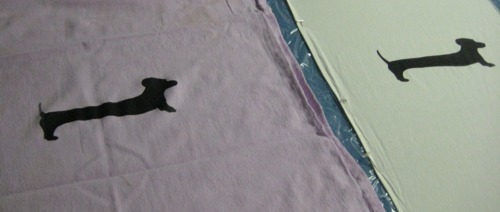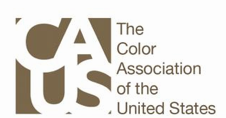
I went to a lecture recently at the Georgia Museum of Art to learn more about one of my favorite topics - color! The UGA Fabric Design Department invited Leslie Harrington, the Executive Director of the Color Association of the United State (CAUS), to visit in celebration of an exhibit that is currently on view at the Georgia Museum: “Pattern and Palette in Print: Gentry Magazine and a New Generation of Trendsetters”.
Heading up an organization that was founded in 1915, Ms Harrington and her company “creates and delivers global color intelligence across industries”. That means they analyze popular colors over time, they predict which colors will become popular next, and they educate others about the importance of coordinating colors across industries. So, they help to ensure that all American flags are the same colors, that your neighbor’s camouflage shorts will use the same hues as his camouflage coffee mug, and that your cousin will be able to buy kitchen appliances, an apron, AND nail polish in fun retro colors. Rather than working directly with consumers, they position themselves as “trusted advisor(s) to color professionals whose responsibility is to ensure marketplace success for their color decisions in the realm of brands, product and service, and spatial environments.” Even Pantone looks to them for advice and ideas! How cool is that??
An example of what you might see: 
As for the GMOA exhibition, it introduced me to Gentry magazine, which, it turns out, is one cool magazine. Gentry was published from 1951 to 1957 and its mission was to help a gentleman be, well, just that - a gentleman. It covered many topics - art, future, fashion, literature. It was extremely well put-together; heavy paper, original art and actual fabric swatches to help people really know about the colors and patterns of the items that were being advertised in the magazine!

It had many famous contributors. Even my favorite artist, Henri Matisse, had artwork on the cover of the journal in 1956-57. The GMOA writes about about the cover here.
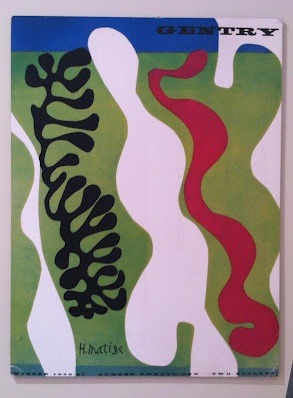
The students of the UGA Fabric Design department (my alma mater) created their own color palettes and designs in response to articles and advertisements in Gentry magazine. The resulting textile designs were silkscreened on large swaths of paper and are on display in the Georgia Museum’s exhibition. Here are three examples of what the students created:



Nice, yes?
Back to color, though - imagine living in a world immersed in color, like Ms. Harrington does.
Oh - you say, that is what I do?
You are right! I am very lucky!
Ms. Harrington gave me a few tidbits that I jotted down to think about for my own work:
Color preferences of consumers for a specific period and time.
As an artist, I have shied away from the concept of being sensitive to other’s color preferences. But as a creator of items for interiors and fashion, I guess I should pay attention! I was aware of color forecasting, but this lecture opened my eyes to the benefit of keeping up with it, and the myriad of possibilities involved in working with or anticipating trends. I had never thought about how strongly people associate certain shades with certain emotions, events, objects, or even time periods. Do you remember the deep oranges and browns that many people associate with the 70s? Isn’t that what you immediately think of when you see, say, a dark orange couch?
Colors come in three flavors: Fad vs trend vs classic.
Now I have a way to categorize colors as I discover them. A fad may be bright color that seems to be everywhere for a brief period of time. Neons often seem to fall into this category! A trend is a little more classy, and lasts a little longer. Shades like jewel tones are versatile and pleasing to the eye. A classic, well, it makes you feel good; it is a staple, an elegant choice; yet it can be luxurious or casual. Classics like Black, Ivory, White and Brown are always popular!
Color across industries, across markets, across specializations, across disciplines, and across experiences….
Color is everywhere! Watching what color is doing in these various categories will only help me become stronger in my art of color. My mind has now been opened to the bigger world of color. It will be fun to begin exploring these categories, to keep up with what is happening in color, and to see what is influencing the world of color, fashions and interiors.
If you are interested in looking at more information about all this, there is a list of articles related to color and/or color forecasting on the CAUS website:
http://www.colorassociation.com/media
Learn more about CAUS and the ways that they empower color conscious decisions at:
http://www.colorassociation.com/
Now, you will never look at color the same way again!
What are your favorite experiences with color?
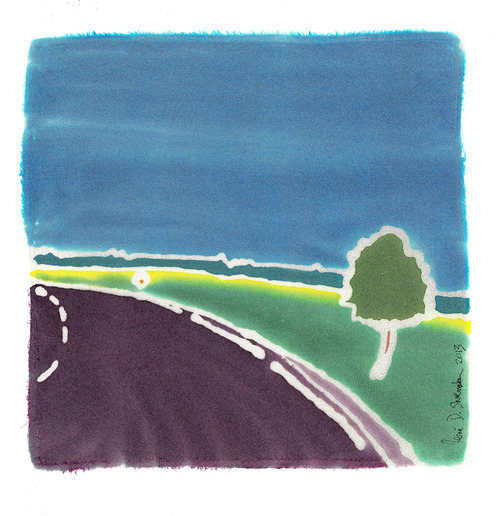 When we left Paris, we began driving southeast in the car we had outfitted with a mattress and cooking supplies. I was so happy to be on the road again after the month in the city - breathing fresh air, seeing space, blue skies and fields. Spent the night at Troyes, in the Aube Department. That night we had sheep bahhing us to sleep. We definitely were not in the city anymore!
When we left Paris, we began driving southeast in the car we had outfitted with a mattress and cooking supplies. I was so happy to be on the road again after the month in the city - breathing fresh air, seeing space, blue skies and fields. Spent the night at Troyes, in the Aube Department. That night we had sheep bahhing us to sleep. We definitely were not in the city anymore!







